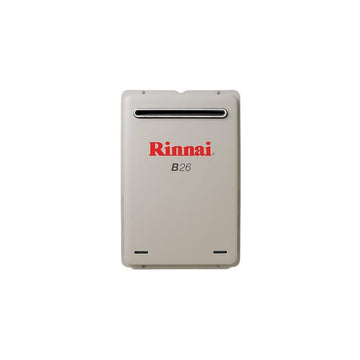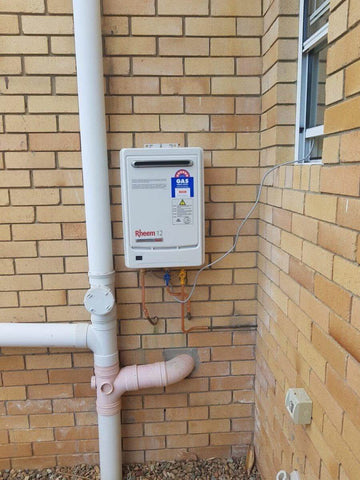Why There Is a Minimum Size Gas Bottle for Each Situation
We often get asked: Why can’t I use a 9kg gas bottle to run my heating and cooking? It’s a great question—and the answer comes down to the science behind LPG evaporation and supply capacity.
The Science Behind Gas Bottle Sizing
LPG (Liquefied Petroleum Gas) inside a bottle exists in both liquid and gas states. When gas is drawn, the liquid LPG evaporates to replace the gas being used. This evaporation rate is influenced by several factors:
-
Surface Area: The larger the bottle, the higher the evaporation rate.
-
Temperature: The colder it is, the slower the evaporation.
-
Pressure & Usage Demand: The faster you draw gas, the colder the bottle gets, further reducing evaporation.
This means that while a 9kg bottle may be enough for a small BBQ, it simply can’t keep up with high-demand appliances like continuous flow hot water systems, space heaters, or running multiple cooking appliances at once.
Comparing Gas Bottle Evaporation Rates
At around 18°C and 30% full:
-
A 45kg LPG bottle (often called a “fat boy”) can deliver approximately 180 MJ/h.
-
A 9kg LPG bottle can only deliver about 70 MJ/h, enough for roughly 5 burners on a 6-burner BBQ.
Why You Need a Larger Gas Bottle
For larger household applications like gas hot water systems, ovens, and heating, your gas demand may exceed what smaller bottles can supply. For example:
-
A Rinnai B26 Continuous Flow Hot Water System requires 200 MJ/h under full load—more than a single 45kg bottle can provide continuously.
-
Running multiple appliances like a stove, oven, heater, and BBQ increases gas demand even further.
If a gas bottle cannot provide the necessary evaporation rate, gas pressure will drop, affecting appliance performance and potentially causing system shutdowns.
Safety Considerations with LPG Bottles
LPG is safe when used correctly, but incorrect bottle sizing can lead to:
-
Inadequate gas supply, causing appliances to malfunction.
-
Overcooling of smaller bottles due to high draw rates, reducing efficiency.
-
Fire hazards if improper bottle usage leads to leaks or connection issues.
For safety, always:
-
Use LPG bottles that match your appliance gas demand.
-
Ensure your system does not exceed 80% of the bottle’s water capacity, allowing for safe expansion.
-
Keep bottles away from open flames and ignition sources.
-
Understand the difference between vapor and liquid withdrawal connections.
Choosing the Right Gas Bottle for Your Needs
Selecting the correct gas bottle depends on:
-
Appliance Demand: Check MJ/h requirements for all your gas appliances.
-
Usage Frequency: Consider if you’ll be running multiple appliances at the same time.
-
Climate: Cooler temperatures require higher evaporation rates.
-
Storage Space: Make sure there’s adequate ventilation and safety clearance for LPG bottles.
If you’re installing a new system, you might also want to explore:
Need Help Choosing the Right Size?
JR Gas & Water can assess your gas requirements and recommend the best gas bottle size for your location, appliances, and usage. Get in touch with us today to ensure your gas supply is efficient, safe, and reliable.
Request a Quote or call our expert team for personalised advice.
JR Gas & Water – Trusted Gasfitting and Hot Water Specialists Serving Brisbane and the Gold Coast.

























